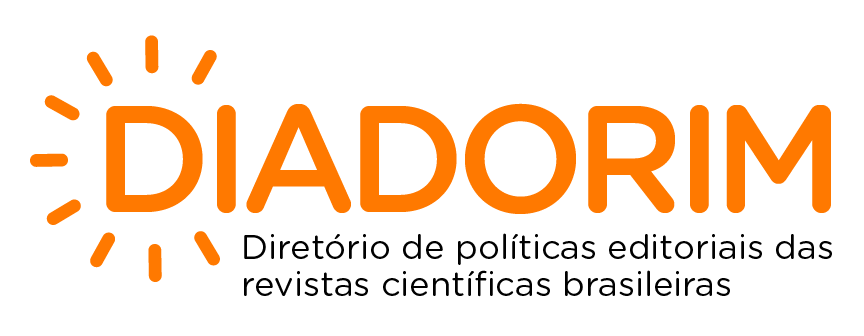An exploratory survey of Trypanosoma cruzi infection in carnivores (Urocyon cinereoargenteus and Spilogale angustifrons) of Yucatan, Mexico
DOI:
https://doi.org/10.56242/globalhealth;2022;3;9;5-10%20Keywords:
Urocyon, Spilogale, carnivores, Trypanosoma cruzi, PCR, histopathology, YucatanAbstract
Objective: We carried out an exploratory study to determine the infection with Trypanosoma cruzi in the gray fox (U. cinereoargenteus) and the southern spotted skunk (S. angustifrons) in Yucatan, Mexico. Methods: We used samples from various organs (heart, skeletal muscle, kidney, spleen, liver, esophagus, and stomach) corresponding to individuals of gray fox and spotted skunk, captured in the peridomicile of eight rural localities of Yucatan between the period 1990–2008. The presence of T. cruzi DNA in tissue samples was determined by PCR technique and histopathology study. Results: All the individuals studied had at least one tissue sample with T. cruzi DNA. The esophagus (9/13), heart (7/13), and skeletal muscle (6/13) were the organs with the highest frequency of T. cruzi DNA. No nests of amastigotes were found, however, microscopic observation revealed lesions characteristic of T. cruzi infection, such as inflammatory infiltrate by lymphocytes and histiocytes with or without necrosis of cardiomyocytes cells, and proliferation of fibrocytes, fibroblasts and collagen fibers (fibrosis). Conclusions: Our results confirm that these two wild carnivores are natural hosts for T. cruzi in Yucatan, Mexico. The synanthropic behavior of these two mammals in Yucatan makes it necessary to focus future studies on their role within the rural peridomiciliary transmission cycle of T. cruzi in the Yucatan Peninsula.










